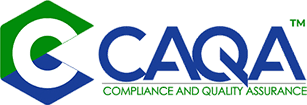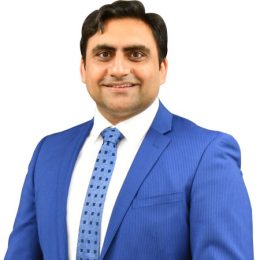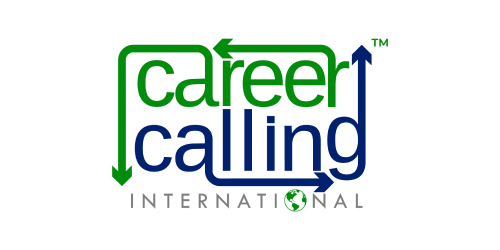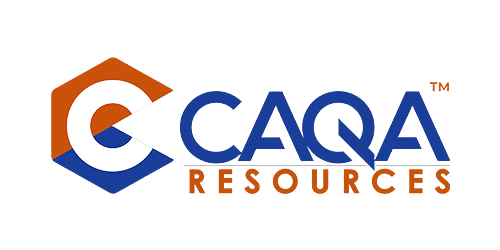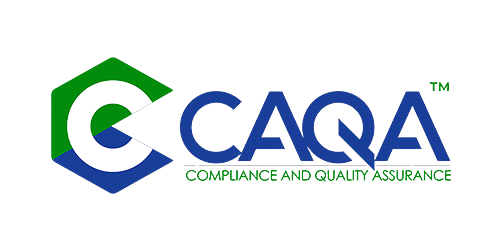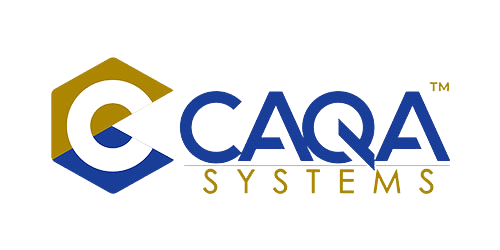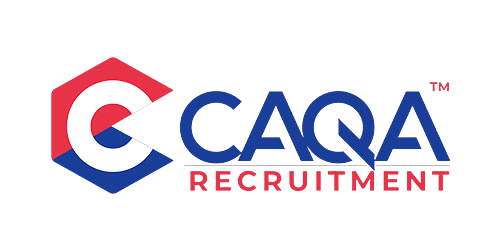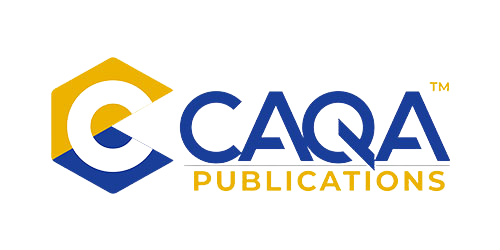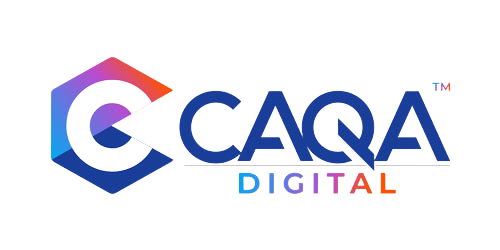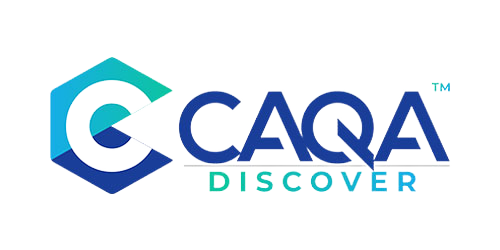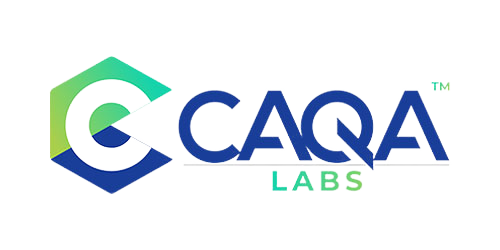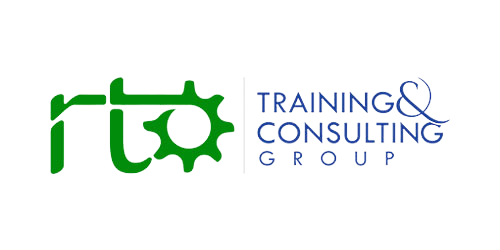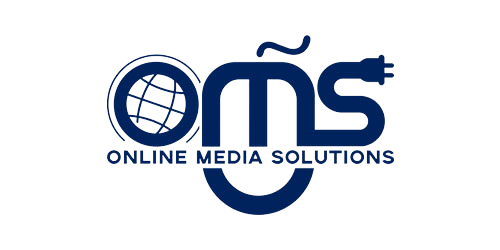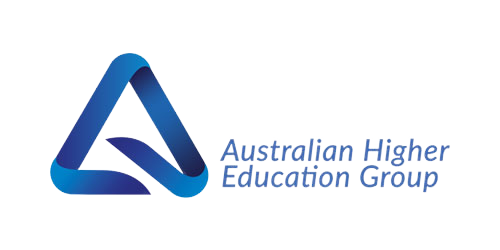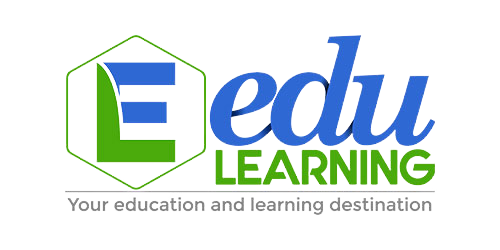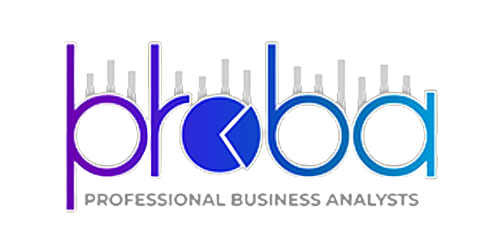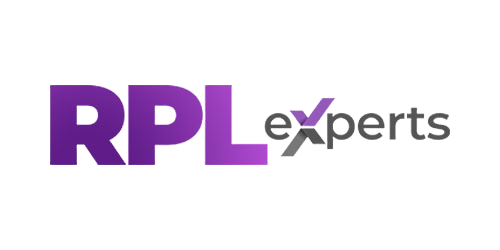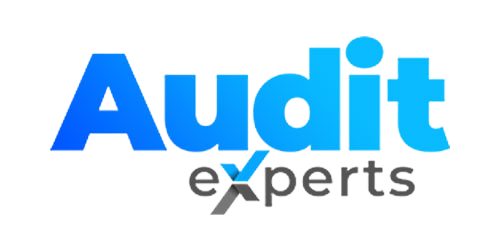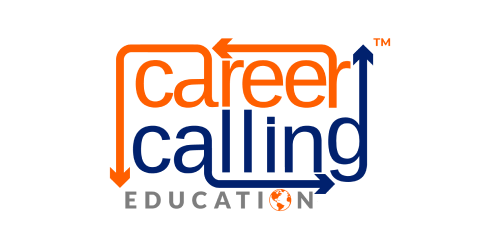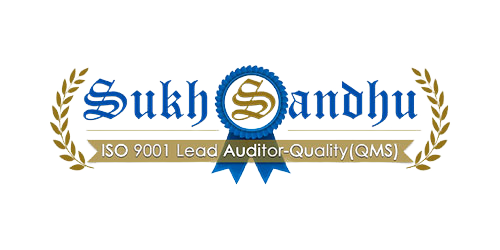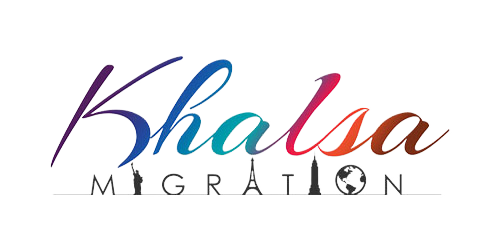There are moments in this work when the energy in the room changes—when providers pass audit “without rectification,” when a re-registration lands on the first attempt, when a nervous compliance team becomes a confident quality engine. That sense of collective momentum is exactly what has poured in through the hundreds of testimonials CAQA has received across recent programs. Clients have reported “100% success” in their ASQA re-registrations and audits, described our support as “invaluable,” and recommended our sessions and services to colleagues without hesitation. We don’t take those words lightly. They reflect not just satisfaction, but transformation—of systems, skills, and mindsets—at a time when the sector’s bar for performance has never been higher.
What clients are actually saying—and why it carries weight
Across public testimonials, formal reviews, and partner feedback, the themes are consistent. Providers credit CAQA’s consulting, resources, and professional development with audit outcomes that stand up to scrutiny: clean closes, no findings, and fast, confident responses to queries. Many of these endorsements come from leaders who faced high-risk contexts—complex training packages, changed delivery cohorts, legacy toolsets, or new governance requirements—and still closed their audit “without any rectification.” Others emphasise the breadth of support: planning and assurance before audit, targeted uplift of assessment tools, quick remediation where needed, and a structured handover that leaves teams stronger than we found them. The phrase “100% success” appears again and again in clients’ own language; it is their characterisation of their results, and it echoes because it aligns with the outcomes they achieved.
Why the results repeat: design, discipline, and delivery
Testimonial warmth is earned long before audit day. The through-line in the feedback is a disciplined, end-to-end method that converts standards into practical, lived routines. First comes clear alignment to the Outcome Standards and current practice guides, translated into plain-English requirements and day-to-day checklists. Then comes evidence architecture: mapping of training and assessment strategies to outcomes, strengthening sufficiency and authenticity of evidence, and ensuring currency across units and contexts. Next is capability transfer—targeted PD that builds assessor judgement, trains teams to moderate and validate with rigour, and embeds continuous improvement as a weekly habit, not a year-end event. Finally, there is rehearsal under pressure: simulated audit conversations, document readiness checks, and rapid-response playbooks so teams know what to do when a regulator asks a tough question. This is the operational discipline behind the testimonials.
Professional development that changes practice, not just knowledge
Participants repeatedly highlight that CAQA sessions feel different: practical, transparent, and immediately applicable. They call out resources that are ready to use, examples that mirror real assessment conditions, and honest conversations about what auditors actually test. Just as importantly, they point to confidence gained—how their assessors can now explain decisions against the rules of evidence, how trainers align assessment conditions to workplace reality, how compliance managers track risk and close gaps without drama. When participants say they “agreed with all parameters” and would “enthusiastically recommend” the sessions to colleagues, that is not just a vote for good training; it is validation that their teams walked out with tools that work.
Partnerships that multiply impact
Quality is a team sport. We are proud to acknowledge the partners who amplify this work and extend its reach: VET Development Centre, Velg Training, Vetr, eSkilled, RTO Training and Consulting Group, EDU Learning, and the many providers who co-design, test, and refine approaches with us. Sector collaboration makes resources sharper, PD richer, and outcomes more durable. It also means clients see the same messages reinforced from multiple trusted sources: evidence first, outcomes over paperwork, and continuous improvement as a habit.
What “100% success” really means—and does not mean
We celebrate clients’ use of the phrase because it reflects their lived results. At the same time, we treat it responsibly. No consultancy can guarantee an external decision; regulators decide on the evidence. What we can do—and what testimonials consistently credit us for—is building systems that generate the right evidence, at the right time, in the right way, because the right work is being done. When clients report “100% success,” they are describing a constellation of factors aligned: capable people, valid tools, authentic evidence, clean governance, and a calm, prepared response under assessment. The applause is for the system, not for slogans.
The anatomy of a clean audit: lessons from the field
Read across the client stories, and the same patterns appear. Providers who excelled had assessment tools mapped tightly to performance and knowledge evidence, contextualised for industry, with clear instructions for candidates and assessors. They could demonstrate authenticity and sufficiency without padding. Their TAS documents were living artefacts, not shelf-ware, with delivery and assessment actually matching the plan. Trainers and assessors were current on both VET practice and industry skills, able to explain their decisions and show recent currency. Risk registers were real: conflicts declared and managed, third-party arrangements transparent, marketing aligned to scope, and student support clearly documented. None of this is accidental; all of it is teachable.
Why clients recommend us to their peers
In an era of heightened regulatory expectations, leaders look for partners who reduce noise and increase certainty. The testimonial language makes clear why CAQA earns referrals: speed without shortcuts; frank feedback without fear; and resources that save time because they are already built to standard. Many clients call out the human factor—responsiveness, accountability, and a sense that their goals become our goals. Others emphasise durability: systems remain stable after audit because capability has been transferred, not just rented. This is the difference between passing once and performing consistently.
Gratitude, grounded
We are deeply grateful for the trust the sector places in us. Every review, email, and post that shares a win is a reminder that quality is personal: to the assessor who wants to be proud of their judgement, to the student who deserves a valid credential, to the employer who needs competence on day one. The thanks we extend—to clients, partners, and peers across the VET and higher education communities—is not just ceremonial. It recognises shared effort and a shared standard: integrity in design, discipline in delivery, and transparency in evidence.
Where we go from here
The bar will continue to rise. Outcome-based regulation, AI-era assessment challenges, evolving industry needs, and tighter expectations on governance and transparency mean tomorrow’s audits will probe even deeper into real outcomes. Our commitment is to stay ahead with you—refreshing resources proactively, expanding PD on assessment integrity and digital practice, strengthening self-assurance frameworks, and continuing to co-design with partners so solutions are practical, auditable, and future-ready. Testimonials are a milestone; improvement is a journey.
A word to our community
To everyone who has learned with us, partnered with us, or trusted us through high-stakes audits and registrations: thank you. Your results—and your willingness to share them publicly—set a standard for what this sector can achieve when quality is treated as a daily habit. To those preparing for the next cycle, know this: outcomes can be engineered. With the right architecture, capability, and culture, audits become confirmations of quality already lived. That is the real story inside “100% success,” and it is the story we are committed to helping you tell—again and again, with confidence.
